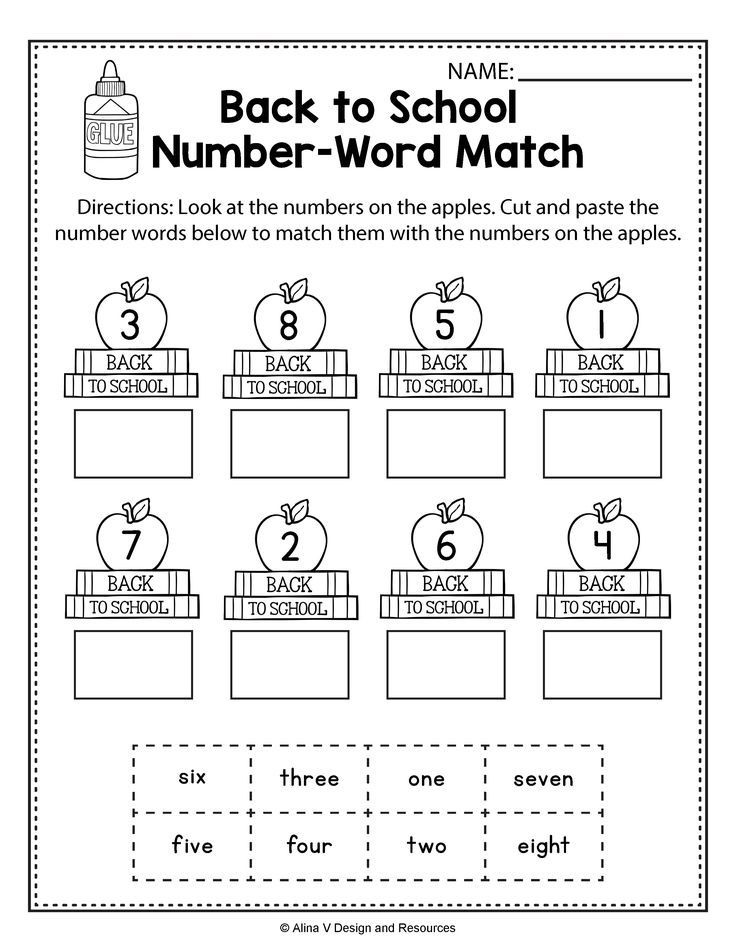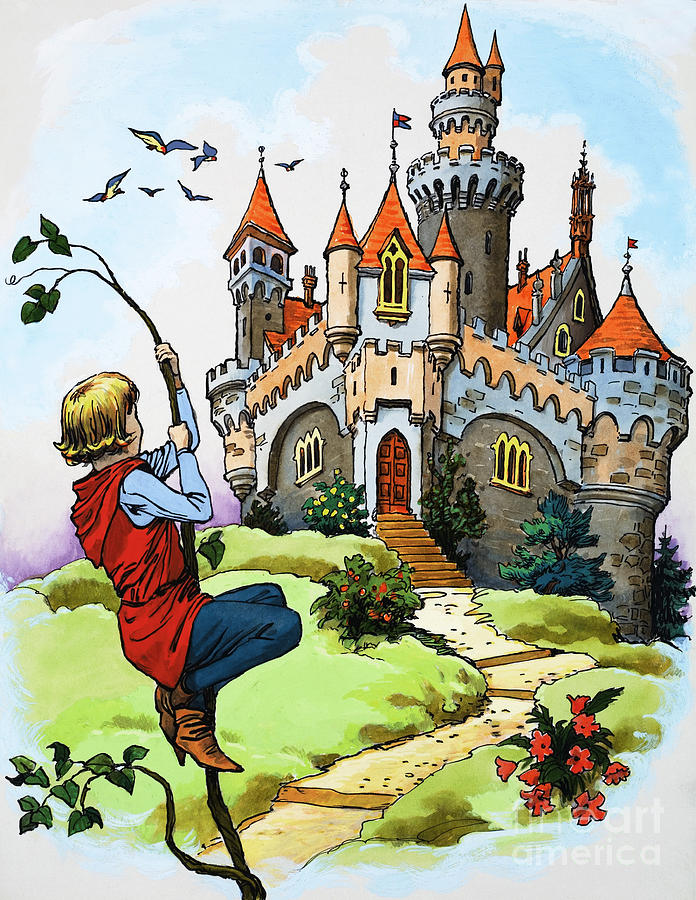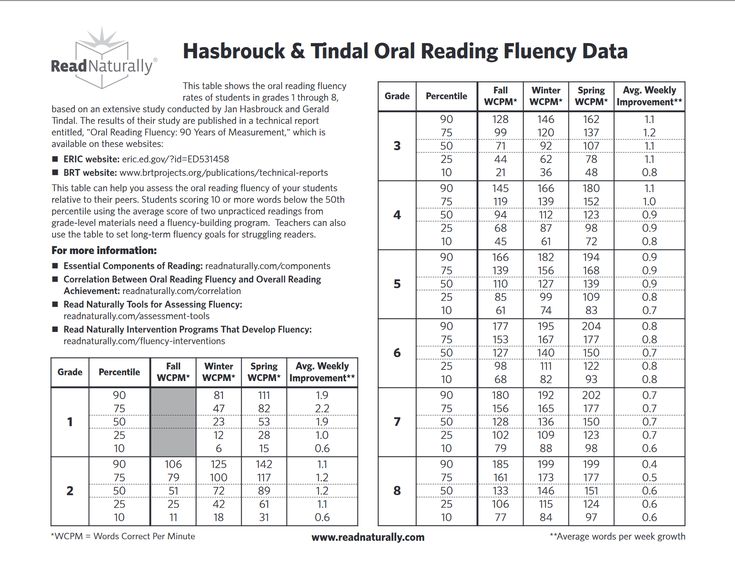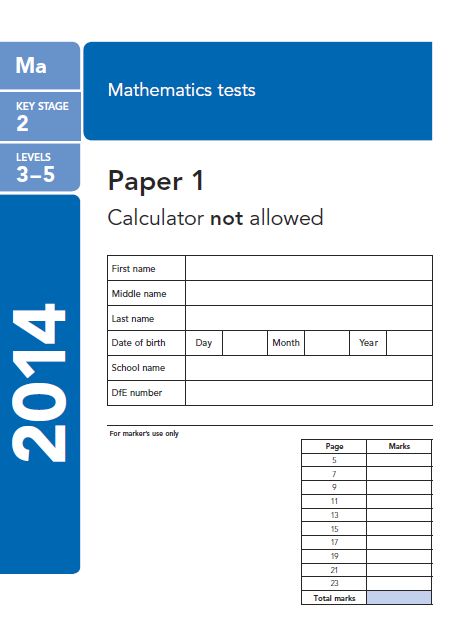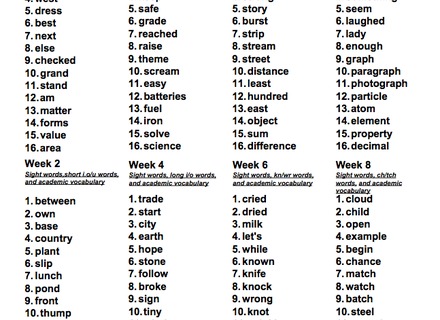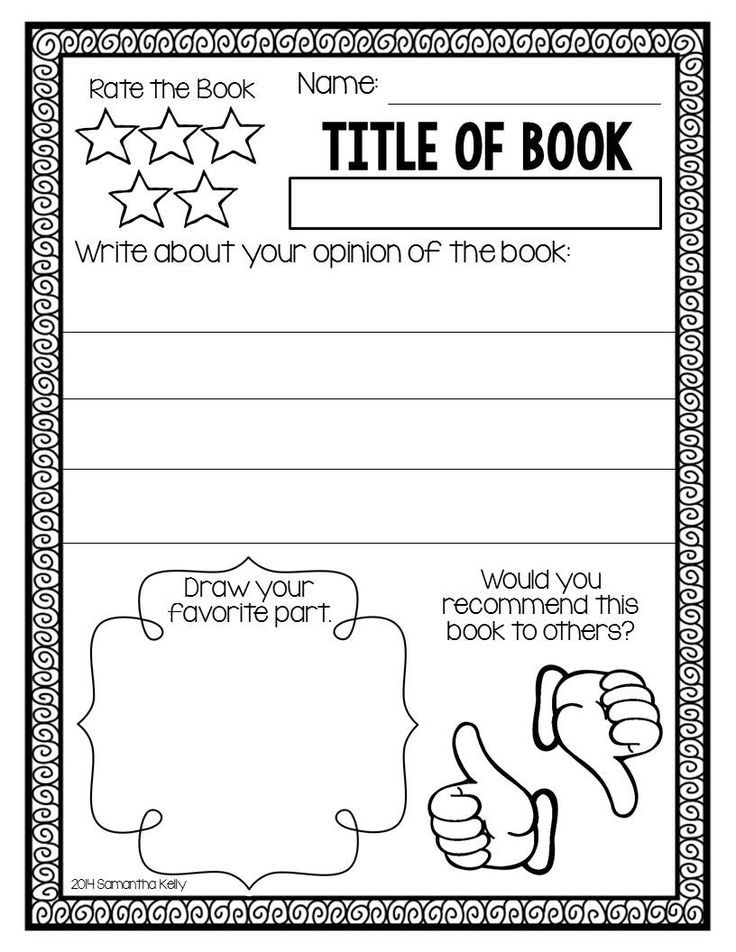Preschool numbers lesson plans
Numbers 1-10 Lesson Plan
Notes:
The song in this lesson, "The Numbers Song", is great to use when you are teaching numbers and counting, but it can also be used as a fun warm-up or played at any point in the lesson. Our students just love this song and request to do it every class.
Lesson Procedure:
Warm Up and Maintenance:
See our "Warm Up & Wrap Up" page.
New Learning and Practice:
1. Play "The Numbers Song"
Play the song: Before even teaching any of the numbers, you can begin with this song. Get everyone to stand up and march along and do the actions. Make sure you do the actions with the kids so that they can follow you and copy what you are doing.
Lyrics for "The Numbers Song"
1 – 2 – 3 – 4 – 5 Jump!
6 – 7 – 8 – 9 – 10 Jump!
Turn around and clap your hands
And jump!
1 – 2 – 3 – 4 – 5 Kick!
6 – 7 – 8 – 9 – 10 Kick!
Turn around and clap your hands
And kick!
1 – 2 – 3 – 4 – 5 Wiggle!
6 – 7 – 8 – 9 – 10 Wiggle!
Turn around and clap your hands
And wiggle!
1 – 2 – 3 – 4 – 5 Jump!
6 – 7 – 8 – 9 – 10 Kick!
Turn around and clap your hands
And Jump!
Kick!
Wiggle!
And Jump!
(download MP3 here)
Gestures for "The Numbers Song"
First time you play the song do the gestures and encourage everyone to do them with you.
- As the music is in a marching-style, start off with everyone marching enthusiastically on the spot to the rhythm.
- Whilst marching, count off the numbers on your fingers as the numbers are sung.
- Do each action word (e.g. jump, turn around, clap your hands, etc.) at the point they are sung in the song.
We also have a video that you can stream in class to sing along with (Internet connection required):
2. Teach numbers vocab 1-10
Depending on the age of your class you can teach the numbers over a series of lessons. For under 3s, two or three numbers each lesson is fine, older students can learn more each lesson.
Sit the students down so they are facing you. Use some familiar objects to teach the numbers (e.g. in our case we use plastic fruit as we teach the fruit lesson before the numbers). First, elicit each of the fruit and put each one on the floor / table in front of you in a line.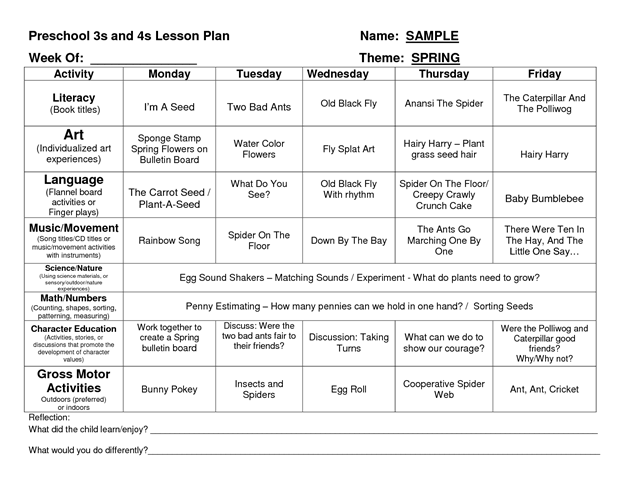 Then touch each fruit and slowly count (Teacher: "1 ... 2 ... 3"). Do this two or three times. Then have the class all repeat as you count / touch each fruit.
Then touch each fruit and slowly count (Teacher: "1 ... 2 ... 3"). Do this two or three times. Then have the class all repeat as you count / touch each fruit.
Finally, model this with a couple of students – ask one or two kids to touch and count the fruit as the rest of the class watches (give lots of encouragement and congratulate them when finished).
3. Students practice numbers 1-10
Put the students in pairs and give each pair a number of objects (e.g. 3 plastic fruit, 3 cars, 3 pencils, etc.). Have the students practice counting and touching the objects.
4. Play "Put in the box"
Now get a big box of objects and make sure you have enough objects of each category for the numbers you are teaching (e.g. 3 plastic fruit, 3 cars, 3 pencils, etc.). Throw the objects all around the classroom. Then choose a student and say “Marcus, put three (pencils) in the box”. As the student picks up each object make sure everyone counts along (1… 2 … 3).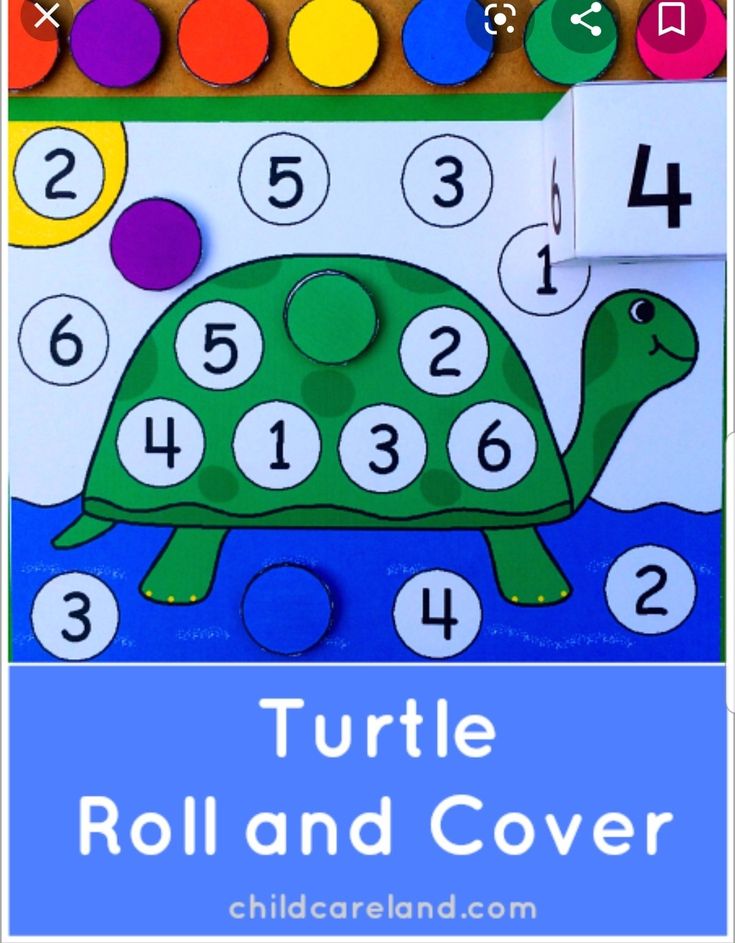 Then have the student count the objects as s/he puts them in the box. Do this with everyone. Finally, for a bit of crazy fun, throw all the objects out and let everyone scramble to find, count and put all of their objects back in the box again (all at the same time!).
Then have the student count the objects as s/he puts them in the box. Do this with everyone. Finally, for a bit of crazy fun, throw all the objects out and let everyone scramble to find, count and put all of their objects back in the box again (all at the same time!).
5. Play "Classroom Touch"
Get everyone to stand up and then the teacher shouts out classroom objects for the kids to run to and touch (e.g. T: "Everyone touch three tables!", "Everyone touch three books!"). Possible classroom objects to touch: tables, chairs, cushions, pencils, crayons, books, windows, shoes, etc. A good idea is to prepare some pictures of items (e.g. 3 apples, 3 super heroes, 3 monster faces, etc.) and stick them on the walls before class. Then the students can run and touch these as well.
6. Sing "The Numbers Song" again
Sing the song again (with all the actions) to conclude the action part of this lesson topic. You can also put the song poster on the board for the students to follow as they sing.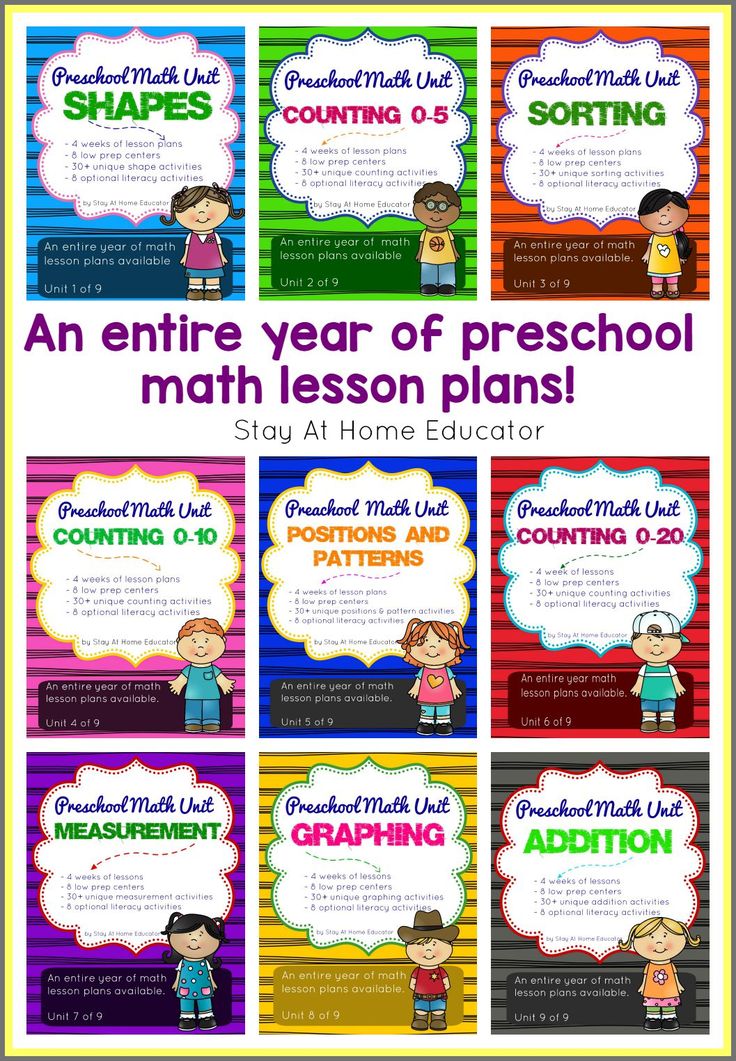
7. Read classroom reader "Numbers 1-10"
Before class, download and print off the reader "Numbers 1-10". It's a really funny rhyming story which your students will enjoy. As you go through each page, point to the pictures and elicit the different animals and what they are doing, as well as counting how many there are:
Teacher: (pointing to the picture of the snakes on page 16) What animals are these?
Students: Snakes!
Teacher: Yes, that's right! How many snakes are there? Let's count together.
Students: (all together as teacher points to each snake): 1,2,3,4,5,6,7,8.
Teacher: Good! And what colors are the snakes?
Students: Green, yellow, red ... etc.
Teacher: That's right! (Reading) "8 long snakes ... (turns to the next page) ... what are these?
Students: Cakes!
Teacher: Yes! Birthday cakes! "8 long snakes baking birthday cakes!"
Get the students really involved in the story by asking lots of questions such as what colors the animals are and the funny things they are doing.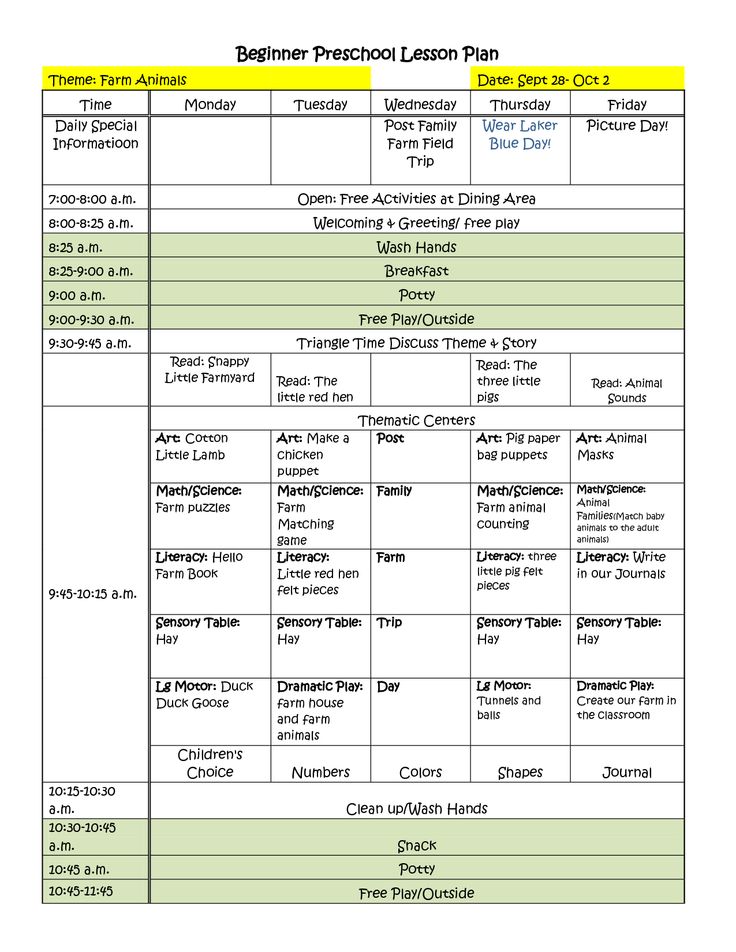
After reading the story, give out a reader worksheet to each student and read through the story one more time (without stopping for questions, etc.) as students trace the numbers. Get everyone to say the numbers as they trace them.
---
Alternatively, watch our video version of the reader (Internet connection required):
8. Do "Trace 1-10" worksheet
Finish with some quiet time doing a numbers worksheet. Use the "Trace 1-10" worksheet or any other numbers worksheet from our website (there are lots!). As the students are tracing the numbers, walk around, monitor and offer lots of encouragement. Ask everyone questions (e.g. What number is this?") and encourage each student to say the number as they are tracing it.
Wrap Up:
1. Assign Homework: "Trace 1-10 Match-Up" worksheet or any other numbers worksheet from our website.
2. Wrap up the lesson with some ideas from our "Warm Up & Wrap Up" page.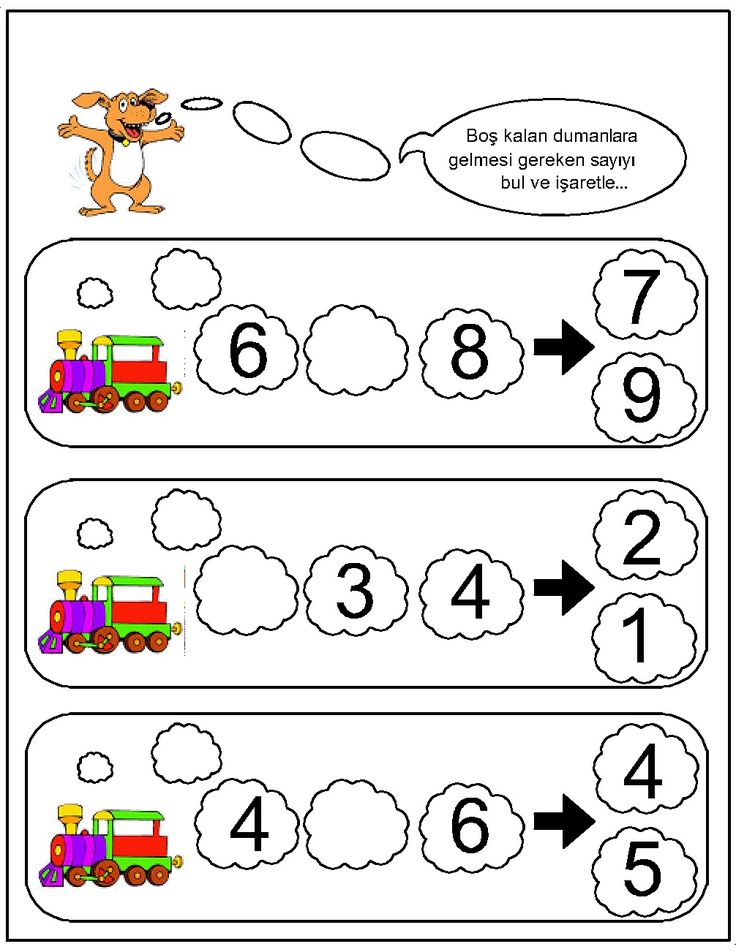
Numbers 1-20 Plan
Notes:
This lesson should be taught after the Numbers 1-10 lesson. Once your students can count to 10 this lesson will help them to reach 20!
Lesson Procedure:
Warm Up and Maintenance:
See our "Warm Up & Wrap Up" page.
New Learning and Practice:
1. Review numbers 1-10
First write the numbers 1-10 on the board and have everyone shout out the numbers as you write them. Next, get 10 soft balls, cubes or something similar (before class, tape numbers 1-10 onto the balls) and chorus the numbers on each ball. Then throw the balls around the room and ask individual students to bring you different numbers (e.g. "Maria, please give me number 6"). Finally, play and sing along to "The Numbers Song (Numbers 1-10)" - you can find it on our songs page on www.eslkidstuff.com.
2. Play "Pass the Parcel Numbers 11-20"
You are going to play a version of "Pass the Parcel" to introduce the numbers 11-20.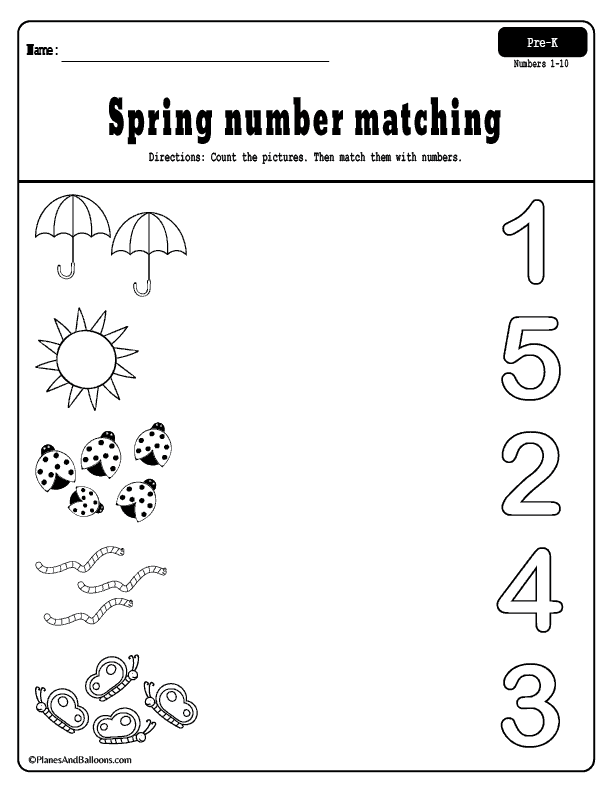 Before class get 10 sheets of A4 paper and write a number (11-20) on each sheet. Shuffle the papers up so they are ordered randomly. Now make your parcel – roll one sheet of paper onto a ball (with the number on the inside) and then wrap the next sheet (number inside) around the ball. Keep wrapping the sheets around the ball until all are used up and you have a parcel. If you like, you can include a small sweet with each sheet of wrapped paper.
Before class get 10 sheets of A4 paper and write a number (11-20) on each sheet. Shuffle the papers up so they are ordered randomly. Now make your parcel – roll one sheet of paper onto a ball (with the number on the inside) and then wrap the next sheet (number inside) around the ball. Keep wrapping the sheets around the ball until all are used up and you have a parcel. If you like, you can include a small sweet with each sheet of wrapped paper.
In class, get everybody to sit in a circle.
- Play some music and have everybody pass the parcel around the circle until you stop the music. The person holding the parcel when you stop the music can unwrap the first layer. Ask for that sheet of paper and stick it on the board with the number showing. At this point there is no need to teach the number.
- Start the music again and then stop it after the parcel has been passed around a while. The student holding the parcel can unwrap the next sheet and look at the number.
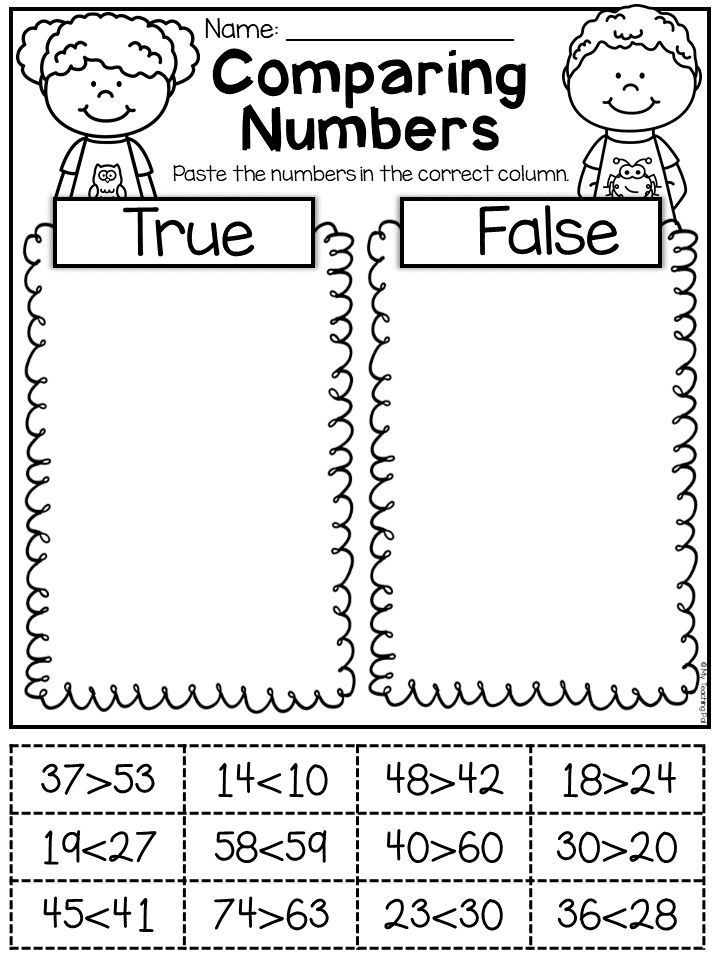 S/He should then stick it on the board either to the left or right of the number already there, depending on if it comes before or after that number (e.g. if the first number was 15 and the second one is 19, then it should be placed after the 15).
S/He should then stick it on the board either to the left or right of the number already there, depending on if it comes before or after that number (e.g. if the first number was 15 and the second one is 19, then it should be placed after the 15). - Keep playing "Pass the Parcel" until all the numbers are stuck on the board in the correct order 11-20
3. Teach numbers 11-20
Now that you have all the numbers on the board, you can chorus them with your class. Start with 11 and chorus it 3 times with the class. Continue with all the numbers. Now chorus each number in turn (11, 12, 13, etc.) and run through 11-20 a few times, each time getting faster and faster. Now, put your class into pairs. Have each pair practice saying the numbers together (e.g. A: 11, B: 12, A: 13, B: 14, etc.).
4. Play "Stand in the right order"
Next give each student a number sheet from the board. If you have more than 10 students make more numbers so you have two groups.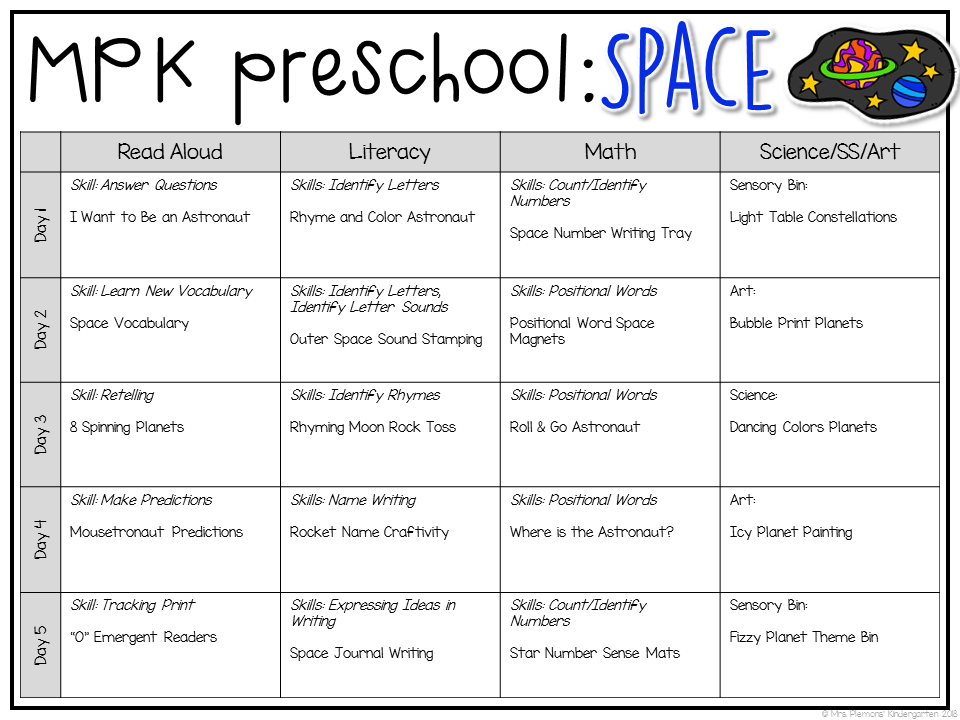 For less than 10 students, give out more sheets per student but make sure the numbers they have are in sequence (e.g. give a student numbers 14 and 15, not 14 and 18). Now tell your students to stand in a line in the right order. Everyone has to shuffle around until they are standing and holding their numbers in order 11-20. Now, get the class to shout out their numbers from 11-20, down the line. Make it a game – each round try and do it faster than the last!
For less than 10 students, give out more sheets per student but make sure the numbers they have are in sequence (e.g. give a student numbers 14 and 15, not 14 and 18). Now tell your students to stand in a line in the right order. Everyone has to shuffle around until they are standing and holding their numbers in order 11-20. Now, get the class to shout out their numbers from 11-20, down the line. Make it a game – each round try and do it faster than the last!
5. Do the "Write the numbers 1-20 on the board" activity
You are going to get everyone to help write the numbers on the board which you can use when singing the "Numbers 1-20 Song". Draw 20 large squares on the board 4 rows. Call out a student and ask him/her to write a large number 1 in the first box. Keep calling out students to fill in the rest of the squares so you have all of the numbers 1-20 on the board. At the end, it should look like this:
6. Sing "Numbers 1-20 Song"
Play the song and have everybody call out the numbers along with the song.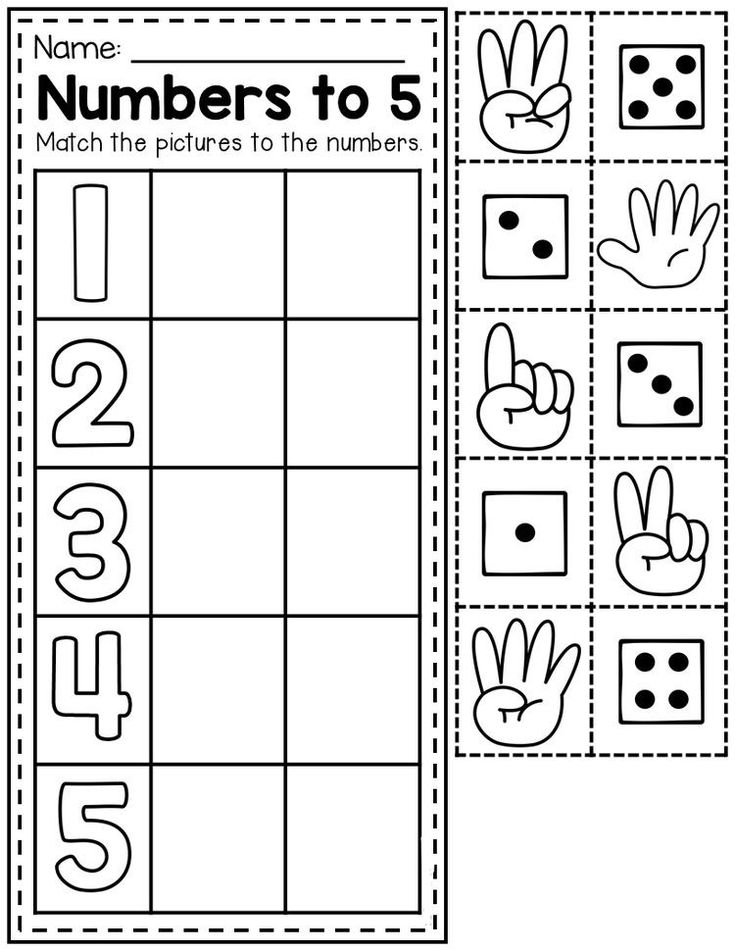 It will help a lot if you point to each number on the board as it is sung. It is a really fast paced song so keeping up might be a challenge but this makes it fun. Play the song a few times until everyone can sing along well. Also worth doing is giving everybody a copy of the Numbers 1-20 song poster. As the song is being played the students must sing along and touch each number as it is sung.
It will help a lot if you point to each number on the board as it is sung. It is a really fast paced song so keeping up might be a challenge but this makes it fun. Play the song a few times until everyone can sing along well. Also worth doing is giving everybody a copy of the Numbers 1-20 song poster. As the song is being played the students must sing along and touch each number as it is sung.
Lyrics for "Numbers 1-20 Song"
Verse 1:
1 – 2 – 3 – 4 – 5
6 – 7 – 8 – 9 – 10
1 – 2 – 3 – 4 – 5 – 6 – 7 – 8 – 9 – 10
Verse 2:
11 – 12 – 13 – 14 – 15
16 – 17 – 18 – 19 – 20
11 – 12 – 13 – 14 – 15 – 16 – 17 – 18 – 19 – 20
Verse 3:
1 – 2 – 3 – 4 – 5 – 6 – 7 – 8 – 9 – 10
11 – 12 – 13 – 14 – 15 – 16 – 17 – 18 – 19 – 20
Ok … Let’s do all the numbers!
1 – 2 – 3 – 4 – 5 – 6 – 7 – 8 – 9 – 10
11 – 12 – 13 – 14 – 15 – 16 – 17 – 18 – 19 – 20
(download MP3 here)
Gestures for "Numbers 1-20 Song"
There are a few activities you can do with this song:
- Before playing the song write the numbers 1-20 on the board.
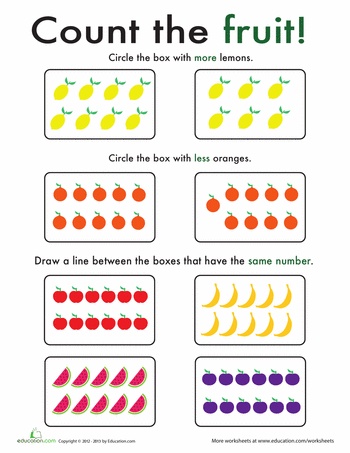 Keep them large and in order. Everyone sings along as the teacher points to each number.
Keep them large and in order. Everyone sings along as the teacher points to each number. - Have the numbers 1-20 printed on A4 sheets of paper and stuck around the walls of the classroom. As the song is sung, everybody has to point to the correct number (the numbers can be put on the walls in the correct order or for a more difficult activity, in random order!).
- Giving everybody a copy of the Numbers 1-20 song poster. As the song is being played the students must sing along and touch each number as it is sung.
We also have a video that you can stream in class to sing along with (Internet connection required):
7. Read classroom reader "Let's Count to 20!"
This reader allows your students to practice the numbers 11-20 by counting the objects on each page. Before class, download and print off the reader "Let's Count to 20!". As you go through each page, get everybody to count along with you, for example:
Teacher: (on page 2) Look, what are these?
Students: Pencils!
Teacher: Yes, well done! .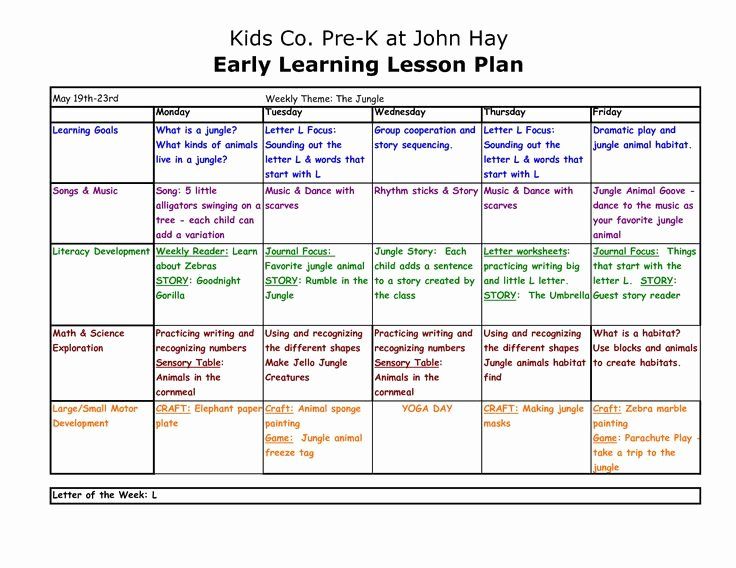 .. (reading) ... "Let's look in my pencil case. How many pencils can you see?" ... Ok, let's count together!
.. (reading) ... "Let's look in my pencil case. How many pencils can you see?" ... Ok, let's count together!
Students: 1 .. 2 .. etc. .. 17 .. 18!
Teacher: 18? Ok, let's check ... (turns to page 3, reading) ... "18! Yes, that's right!"
Continue through the story, counting out the objects and eliciting / teaching the objects vocabulary. Get the students really involved in the story by asking lots of questions (e.g. about the colors and the different animals). At the end of the story there is a fun, surprise question about all of the character's pets which requires going back through the book to count all the animals.
After reading the story, give out a reader worksheet to each student and read through the story one more time (without stopping for questions, etc.) as students write the numbers of the objects in the boxes. Then go through the answers as a class.
---
Alternatively, watch our video version of the reader (Internet connection required):
8.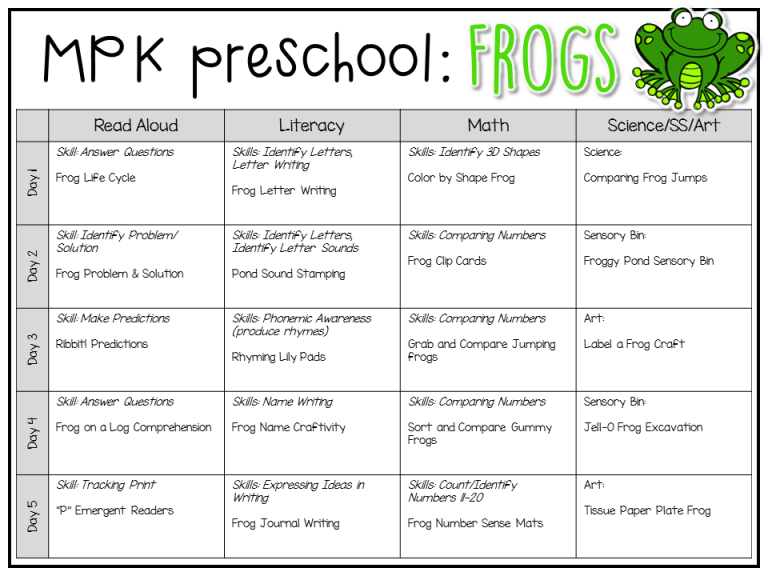 Do the "1-20 Balls Write 1" worksheet
Do the "1-20 Balls Write 1" worksheet
Finish with some quiet time doing a numbers worksheet - use the "1-20 Balls Write 1" worksheet. As the students are writing the numbers, walk around, monitor and offer lots of encouragement. Ask everyone questions (e.g. What number is this?") and encourage each student to say the number as they are tracing it.
Wrap Up:
1. Assign Homework: "1-20 Balls Write 2" worksheet or any other numbers worksheet from our website.
2. Wrap up the lesson with some ideas from our "Warm Up & Wrap Up" page.
Summary of classes in mathematics for senior preschool age. Theme of the lesson: "Number and number 9" | Plan-summary of a lesson in mathematics (senior group) on the topic:
Abstract of a lesson in mathematics for senior preschool age. Theme of the lesson: "Number and number 9"
Author of the lesson:
Purpose:
Create conditions for getting to know the number and number 9.
Tasks:
Introduce the number and number 9, teach to correlate the number of objects with the number.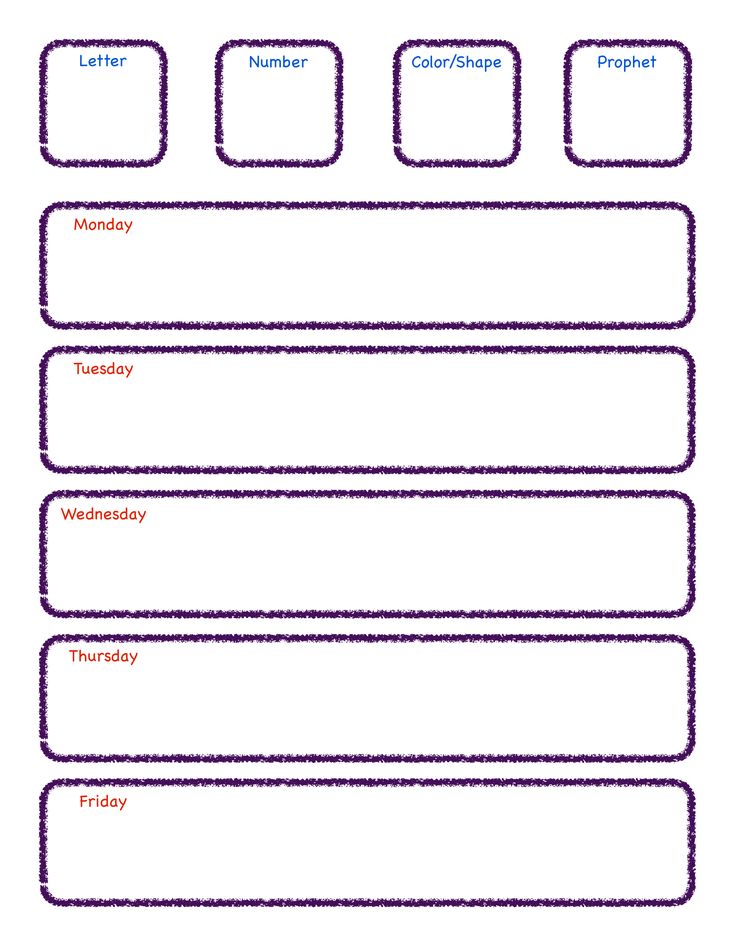
To develop mathematical speech, the skill of oral counting within 10, the ability to work independently.
To cultivate the ability to listen to other children, to form a positive motivation for learning.
Lesson type:
Learning new material.
Equipment:
Interactive whiteboard, presentation, Peterson workbooks, handout.
Course of the lesson:
Organizational moment, psychological mood
The sun has risen for a long time,
Looked into our window,
Urges us to the lesson -
Mathematics now.
(showing the 1st slide)
Checking basic knowledge
Name the geometric shapes that make up these funny chickens. (1 slide. Show and name the figure)
Connect the number and the number of objects. (2 slide)
Match the number and the number of items.
What is the largest number from the data, the smallest.
Number series
(3rd slide)
1 2 3 4 5 6 7 8 9 10
count to 10 and back;
how is 10 different from other numbers?
count from 9 to 6, from 1 to 8;
name the next (for) number 8, 5;
name the previous (before) number 10,7;
What is the number greater than 6 but less than 8, 3 and 5?
what number is to the left of 10, to the right of 8?
name the neighbors of the number 8.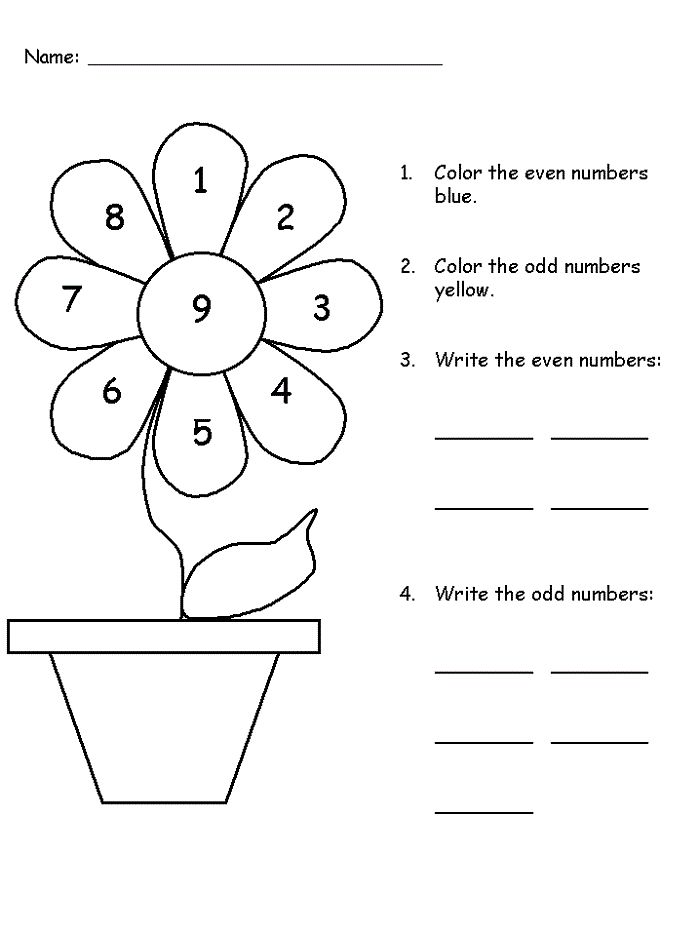
Trap
Examples with errors are written on the board.
Children are asked to correct these errors by giving reasons for their answer.
3 + 2 = 6
8 - 4 = 5
7 - 1 = 5
7 - 7 = 2
6 + 2 = 7
5 + 1 = 7
stay with us in the winter and do not fly away to warmer climes.
What do we call them? Wintering. Name some wintering birds.
How many pigeons came for us to feed? (4 slide)
8 pigeons arrived. And then another one flew in and they became? 9.
Today we will get acquainted with the number and number 9. We meet our birthday girl.
(5 slide)
Formation of knowledge in practice
What does the number 9 look like?
Where do we meet the number 9? (Number, on the clock, the ninth month of September, May 9 - Victory Day. Is there a 9th day of the week? Why?)
How can I show the number 9? Write, draw, lay out from sticks, mold from plasticine. Let's turn the number 6 and get 9.
Show the number 9 from plasticine (on the tables at each plasticine blank).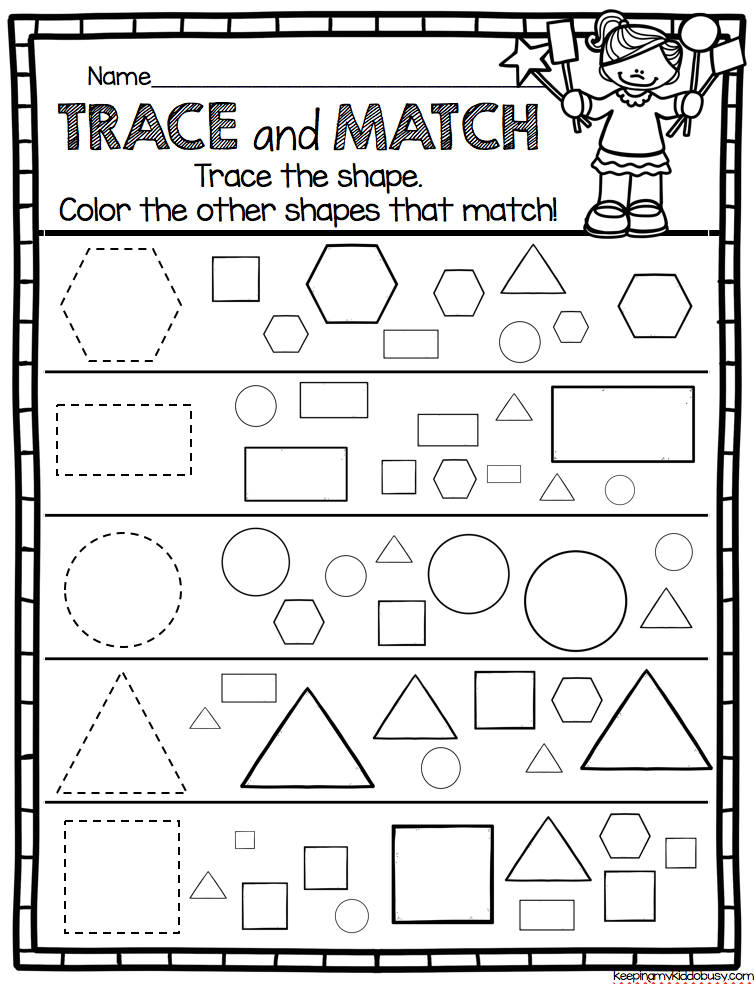
Circle the number with your finger. Remember the spelling of the number 9. Writing in the air.
(Slide 8-10)
Composition of the number 9
Components when added. Has something changed from changing the places of the terms?
Fizminutka "How are you?"
You will answer each of my questions in a friendly chorus: “That's it!” and gesture to show the necessary actions. (Fizminutka is repeated twice).
How are you?
Are you going?
How do you run?
Do you swim?
Looking forward to dinner?
Are you following?
Are you sleeping in the morning?
Are you naughty?
Consolidation of knowledge in practical activities
Work according to Peterson's notebook. Determination of the place of the number 9 in the number series. Prescribing the number 9.
Differentiated task
Group 1 - independently solve the examples that Pinocchio brought.
8 + 1 =
1 + 8 =
9 - 8 =
9 - 1 =
Group 2 - work on the board.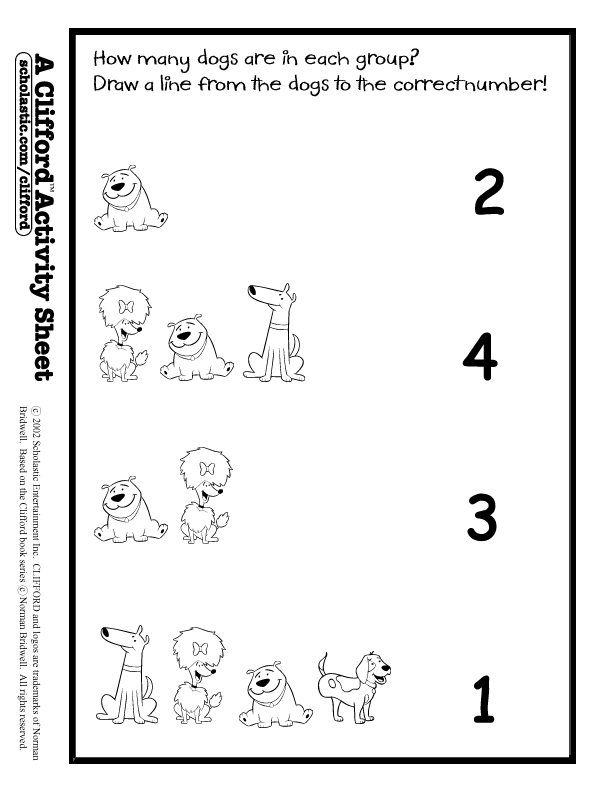 Compare the numbers that Pinocchio wrote. Put the sign "" or "=".
Compare the numbers that Pinocchio wrote. Put the sign "" or "=".
Final reflection
What number have we met? How many items are represented by this number? How to get the number 9?
Outline of a mathematics lesson on the topic: "Consolidating numbers from 1 to 10"
Subject: Counting with Masha and the Bear. Numbers from 1 to 10. Fixing.
Goal : To consolidate students' knowledge of the sequence of numbers from 1 to 10; consolidate the ability to navigate in space;
Tasks:
- consolidate the knowledge gained during the period of preparatory classes; improve computing skills, compare numbers, navigate in space;
develop fantasy, creativity, logical thinking; counting skills;
- cultivate friendly relations in the team,
cultivate a responsible attitude to learning.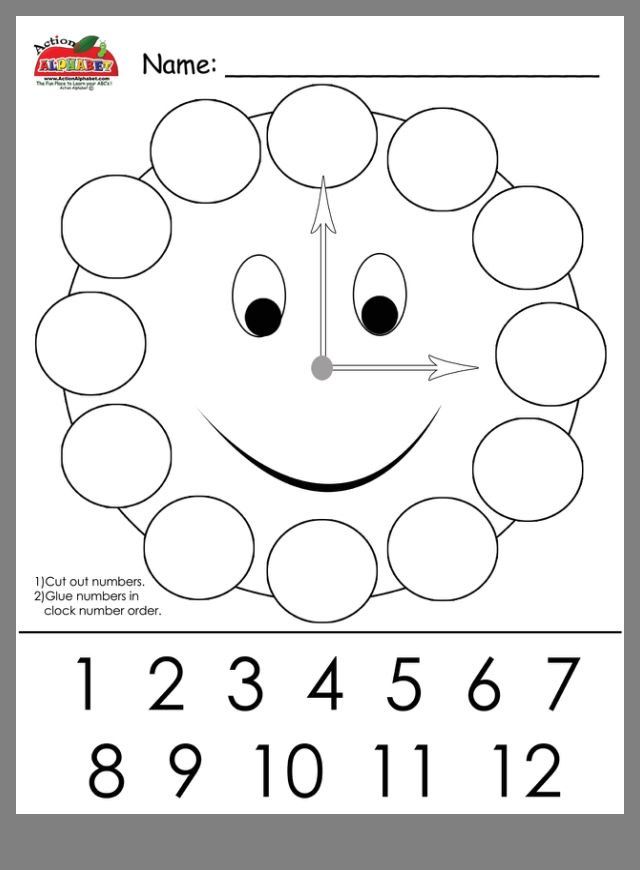
Lesson type: Consolidation of knowledge
Lesson form: Lesson - a journey through a fairy tale.
Equipment: computer, projector, screen, counting material, fans with numbers, geometric constructor for each student, presentation for the lesson.
Lesson progress.
-
Organizational moment.
Hello dear guests.
Hello guys.
I am glad to see you at our lesson.
-
Emotional attitude to work
-Our unusual occupation. We will take you on an exciting mathematical journey with one super active girl who never sits still and believes that the whole world was created for her alone and her friend - the Bear, who constantly looks after her.
- Do you guys recognize this girl? (Slide 1 )
- What's her name?
Well, of course, this is Masha - the heroine of the cartoon "Masha and the Bear" (Slide 2).
Masha is 6 years old, ( Slide 3 ) she came to the bear and puzzled him with the fact that, like all children, she also wants to go to school. Guys, I'm sure you're ready for school. Let's all together help Masha prepare for entering the first grade?
Help?
3 . Message about the topic and purpose of the lesson.
To go on a trip, guys, look at the blackboard and choose what you think is necessary for math.
(on the board: syllables, letters, mathematical signs (=, +,
Today in our lesson:
We will repeat mathematical signs, numbers, remember geometric shapes, we will count, compare, answer questions. And for this you must be attentive, active and friendly.0005
4. Oral exercises:
And so on! On a warm summer day, Masha went to school along the path.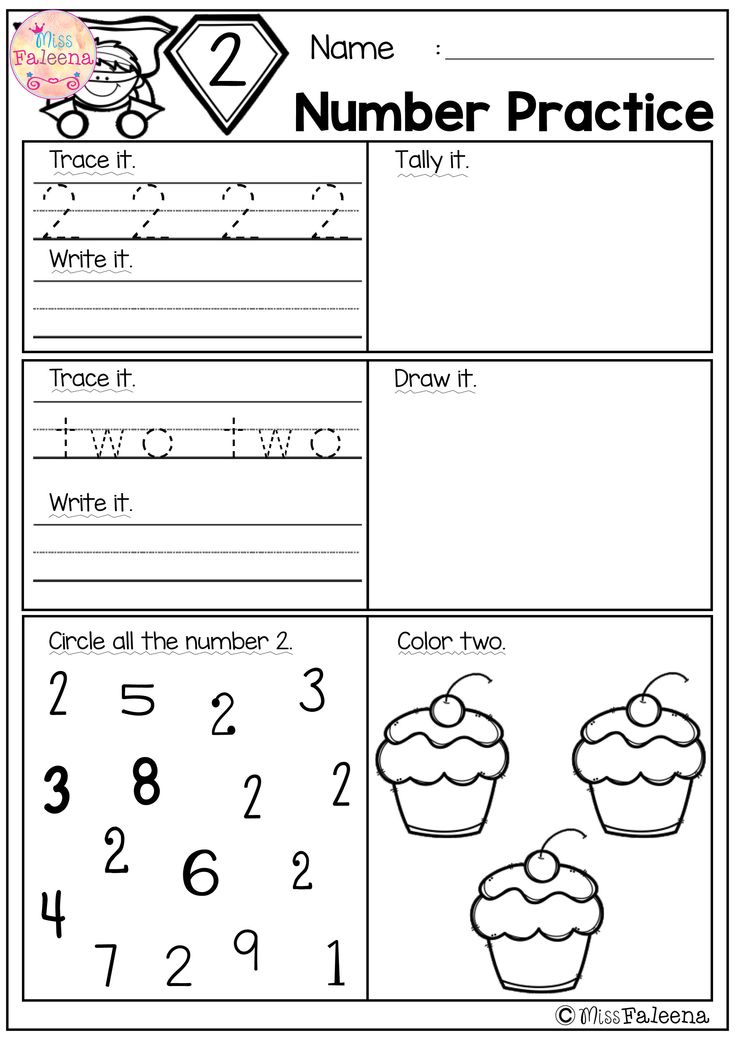
But since Masha cannot live without adventures, a lot of surprises and surprises await us on the road. Masha runs along the path, jumps up, rejoices that you agreed to help her and suddenly stopped. Before it ( Slide 4) - two tracks: one track is straight and the other ... . Masha thought about which path she should run.
- What advice can you give Masha?
- Let's help Masha lay a path and restore the sequence of numbers up to 10 in order:
1,2,3,4,5,6,7,8.9,10
(on the board there are cards with numbers from 1 to 10)
one - at the blackboard, children - in pairs)
H so that it would not be boring to go:
- the boys will name numbers from 1 to 10;
- girls in reverse order;
- I ask you not to yawn, but to name the “neighbors” of the number: 3. 7.
7.
- name the number, knowing the neighbors: 4….6, 7…9.
- if you increase the number 5 by one, we get the number ....
- if we reduce the number 7 by one, we get the number ....
(beep: light green for some, red for difficult)
Masha came out into the clearing and saw forest dwellers: (Slide 5).
Who does Masha see?
- How many bunnies? - ( 5 )
- How many hedgehogs? - ( 4)
- What can we say about their number?
- What can be done to make them equal?
- How many in total?
- (show: for whom it is easy-green circle, difficult - red).???
Tree after tree, bush after bush and Masha did not notice how she ended up in a dense, dark forest. I got lost. Confused. I looked around, but there was no portfolio.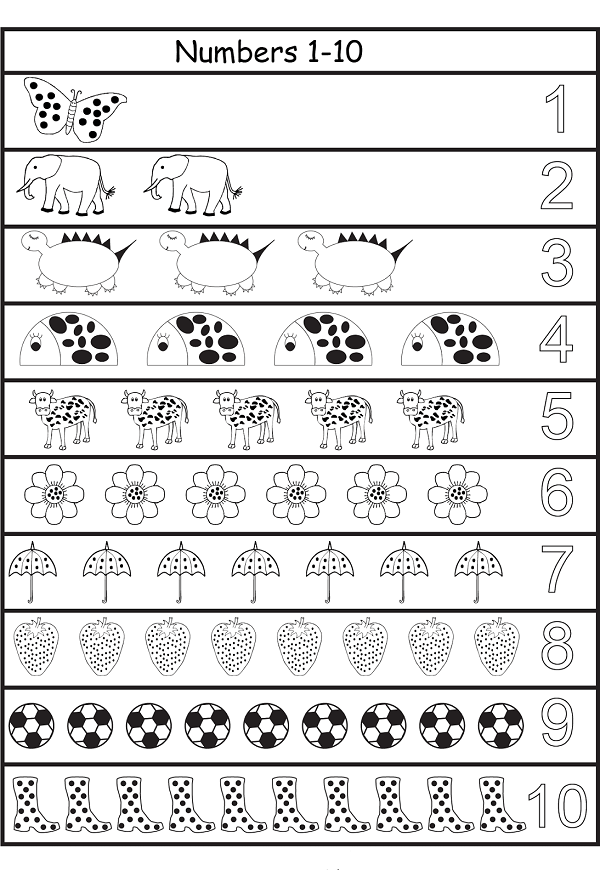 Mashenka walked and walked through the forest, looking, looking for her briefcase, and completely lost her way. And she decided ... ( Slide 6)
Mashenka walked and walked through the forest, looking, looking for her briefcase, and completely lost her way. And she decided ... ( Slide 6)
- What did Masha decide to do? (...climb a tree and look around)
(call for help)
- What kind of trees can be found in the forest?
- Which tree will she climb? Name the smallest. What about the thickest? Thin?
Masha climbed a tree!
Exercise for the eyes!! (let's look for a briefcase)
- looked into the distance, to the left, to the right.
- Guys, maybe someone saw the briefcase and wants to help Masha?
(straight ahead - 2 steps, turned left - 2 steps, turned right - 3 steps,……
Masha opened her briefcase, and there were objects unknown to her.
-Who wants to help? But the condition is: to find out the object With one hand, not to peep.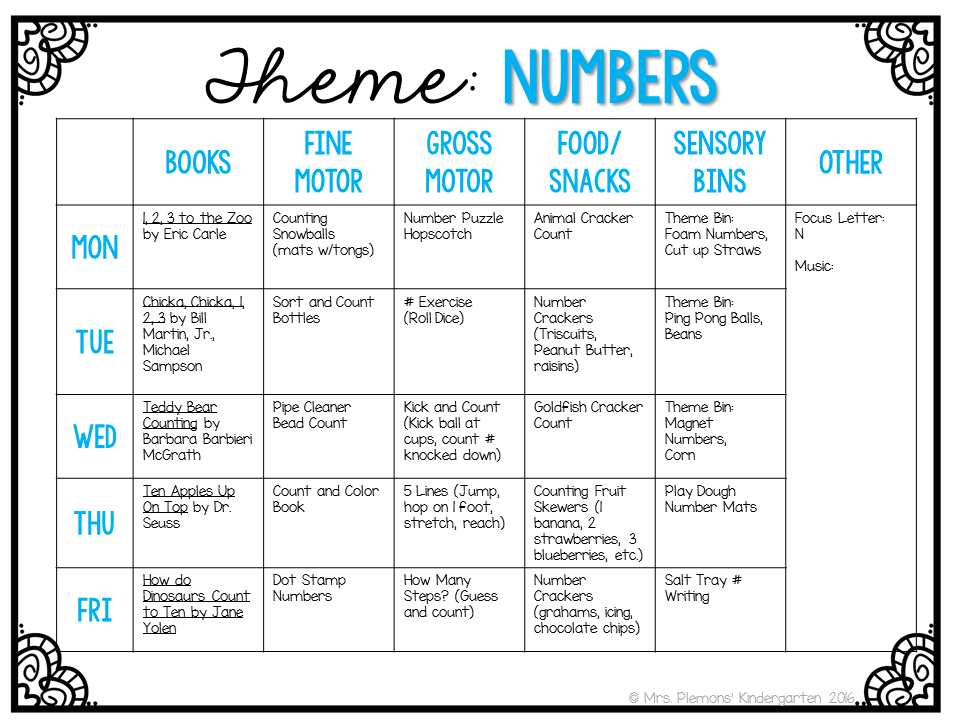
We determine and set on the board 9 missing
Masha was delighted. ( )
,0005 descends, ascends the hillocks. She walked and walked tired and decided to rest ( Slide 8)Fizminutka
(we will do exercises for the health of the mood)
One more time! Get up, stretch.
Two! Bend over, unbend.
Three! Three claps in the hands,
Three nods of the head.
Four hands wider.
Five - wave your hands.
Sit quietly at a desk.
Mashenka continued her way and came out to the COLOR clearing. In order to go through it - let's play hopscotch, we will jump from cell to cell showing the number and color
( Slide 9) Protectivity
Show the number (fan)
in the upper left corner –9, purple
on the right of it - 1, red
in the right upper corner - 6 , blue
Below it - 2, green
In the middle - 5, yellow
To the left of it - 3, orange
In the lower left corner - 7, pink
Left - 4, white
In the lower right - 8, blue
(for whom it is easy-green circle, difficult - red).